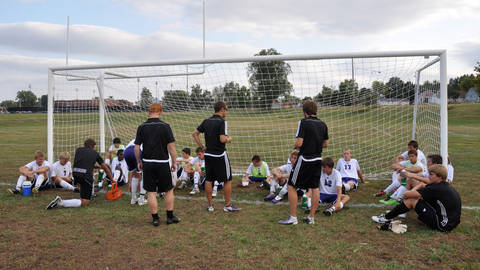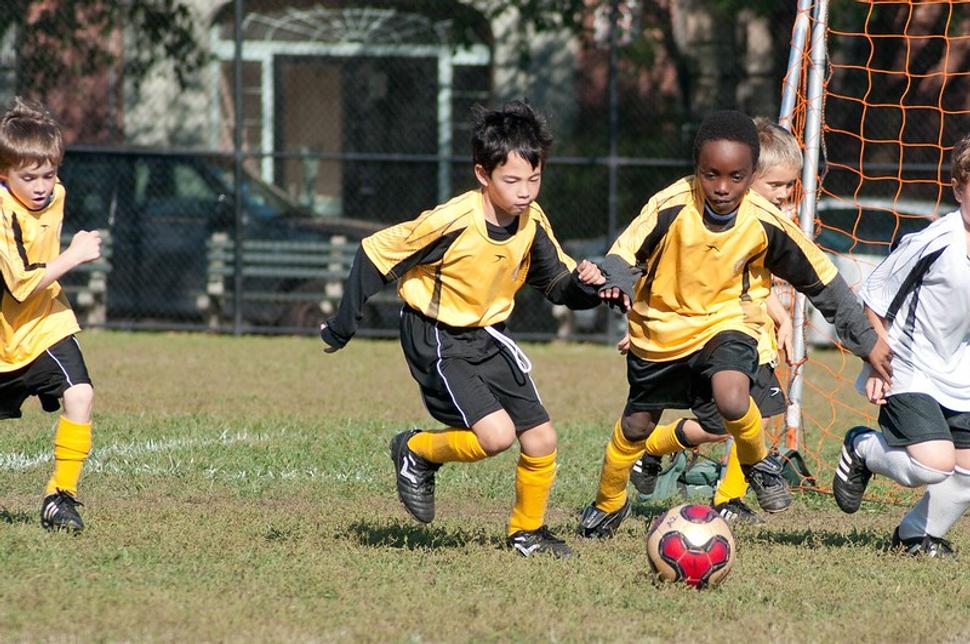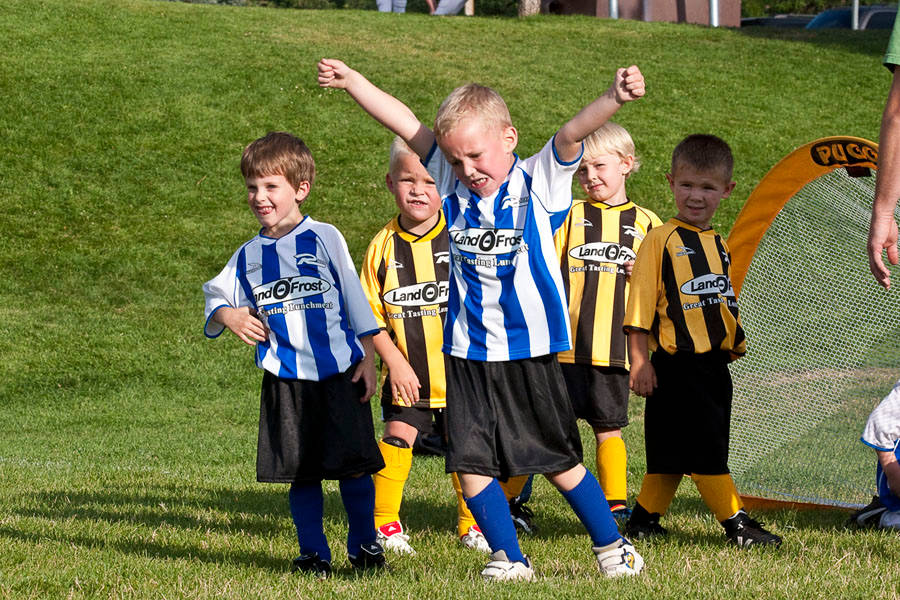
The summer months are an exciting time at our club as we engage with a whole new batch of young footballers right at the start of their journey in the game. There is an unquestionable trend each year though as we are seeing more and more overweight young children coming to play. It prompted me to look into it because we all know the country has a problem with obesity but just how bad is it?
The statistics paint a troubling picture across the UK. The National Child Measurement Programme found that 9.6% of reception age children in England (ages 4-5) were obese in 2023/24, with a further 12.4% overweight, rising to 22.1% obese and 13.8% overweight among year 6 children. Of even greater concern, levels of obesity in reception aged children living in the most deprived areas (12.9%) are more than double those in the least deprived areas (6.0%). By 2050, over 20% of all children under 16 could be obese according to government projections, painting a sobering picture of our children's future health.
Those of us involved in football grassroots level know that our game is a powerful solution hiding in plain sight. Our clubs, with our enthusiastic volunteer coaches, represent one of the most effective weapons in the fight against childhood obesity. We can provide a comprehensive intervention that tackles the physical, social and psychological factors that contribute to childhood obesity.
The beauty of football at our level lies in its fundamental approach to physical activity. Unlike traditional exercise programmes that can feel clinical or punitive, football disguises intensive physical activity as play. When a 10 year old chases a ball for 60 minutes, they're unconsciously engaging in high intensity interval training, but their brain registers only excitement, teamwork and (hopefully) fun. This psychological trick is crucial for children who may already feel self conscious about their bodies or have developed negative associations with physical exercise.
Research shows that school based football involvement has been found to improve bone health, heart health, physical capacity and learning in children aged 8-12 years old. Football’s demands are comprehensive, combining cardiovascular endurance, strength, agility and coordination in ways that feel natural. A typical training session involves sprint bursts that develop anaerobic power, sustained periods of activity that build aerobic fitness and constant changes of direction that strengthen often neglected muscles. For children struggling with weight, this varied movement pattern helps develop overall body strength and fitness in ways that feel enjoyable rather than forced.
Perhaps more importantly, football's intermittent nature mirrors how children naturally move and play. Rather than demanding sustained periods of activity that can quickly overwhelm unfit children, the game naturally incorporates rest periods through throw-ins, goal kicks, and tactical breaks. This allows children of varying fitness levels to participate in games while gradually building their endurance and confidence. The game almost adapts to the player, not the other way around.
The social dynamics of grassroots football create conditions that are suited to supporting children struggling with weight and body image issues. A University of Bath study of grassroots sports clubs found that almost all children who attend them feel a sense of belonging and emotional connection.
How powerful is that? In a society where childhood obesity often leads to social isolation and reduced self esteem, football teams provide immediate membership to a community where effort and character matter.
The collective nature of the sport means success belongs to everyone, the quiet child who makes a crucial pass, the overweight goalkeeper who makes a brilliant save, the technically limited player who never stops encouraging teammates. The moments of recognition can be transformative for children who may feel excluded in other areas of their lives. Research from Scottish football found that 90 percent of children believe football makes them feel better about themselves, improves their overall health and helps to build friendships.
Team sports create stronger, more sustained motivation for physical activity than individual pursuits.
Children begin to see themselves as athletes, as team members, as capable individuals worthy of investment and effort. This elevated psychological state doesn't just make children feel better in the moment but creates the internal motivation necessary for a long term change in behaviour.
The economic benefits are not inconsequential too. Grassroots football is estimated to save the NHS over £43 million per year through reduced GP visits and contributes £10.769 billion to the UK economy. There is an irony though in that communities facing the greatest challenges with childhood obesity often have the least access to quality grassroots football provision. While many clubs strive to be inclusive, the reality of operating on shoestring budgets means that even modest costs can prove prohibitive for families already struggling financially. This creates a troubling dynamic where grassroots football risks becoming more accessible to children from affluent backgrounds, potentially widening rather than narrowing health inequalities.
Investment in grassroots football infrastructure has historically focused on elite talent development rather than public health intervention. Yet the evidence suggests that broad based participation delivers far greater returns to society. Every £1 invested in grassroots football participation generates multiple pounds in health system savings, reduced social care costs and improved productivity outcomes.
The growing prominence of women's football presents unprecedented opportunities to address childhood obesity across all demographics. The success of the Lionesses and increasing visibility of the Women's Super League have begun challenging assumptions about football being primarily male. Girls who might previously have felt excluded from football culture now see role models who look like them achieving success and recognition. This cultural shift is translating into increased participation, which in turn is having a transformative effect on the health of girls and young women.
All the evidence suggests grassroots football possesses many characteristics that public health experts consider essential for effective obesity prevention. It's accessible, enjoyable, socially embedded and creates motivation for behaviour change. Unlike so many top down health interventions that often struggle with engagement and sustainability, grassroots football works from the bottom up, creating communities where healthy behaviours emerge naturally.
The question for our politicians and policy makers isn't whether grassroots football can help combat childhood obesity, the evidence for that is absolutely overwhelming. The question is whether society will recognise and invest in our game tool while there's still time to change the trajectory for a generation whose future health and happiness is not guaranteed.


















